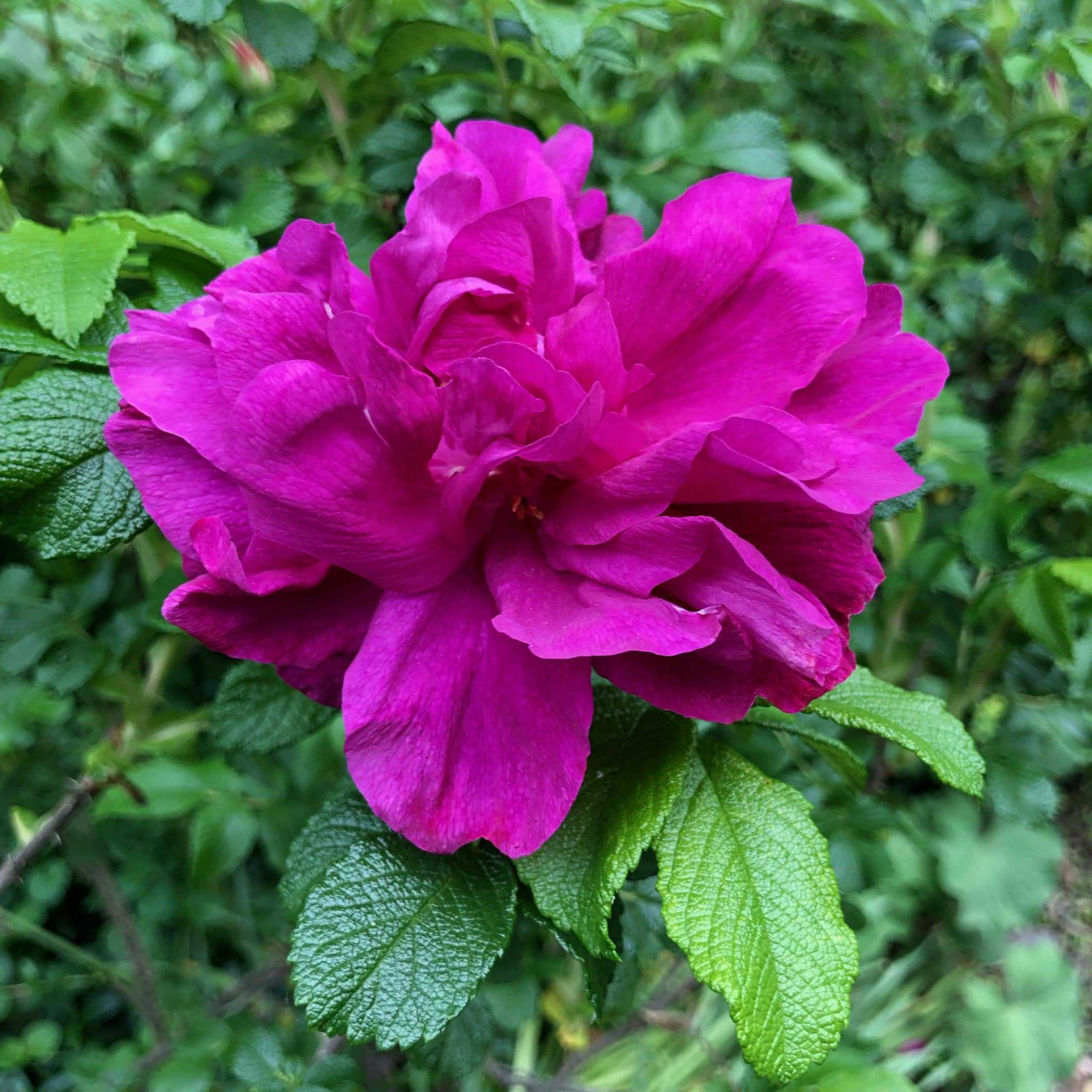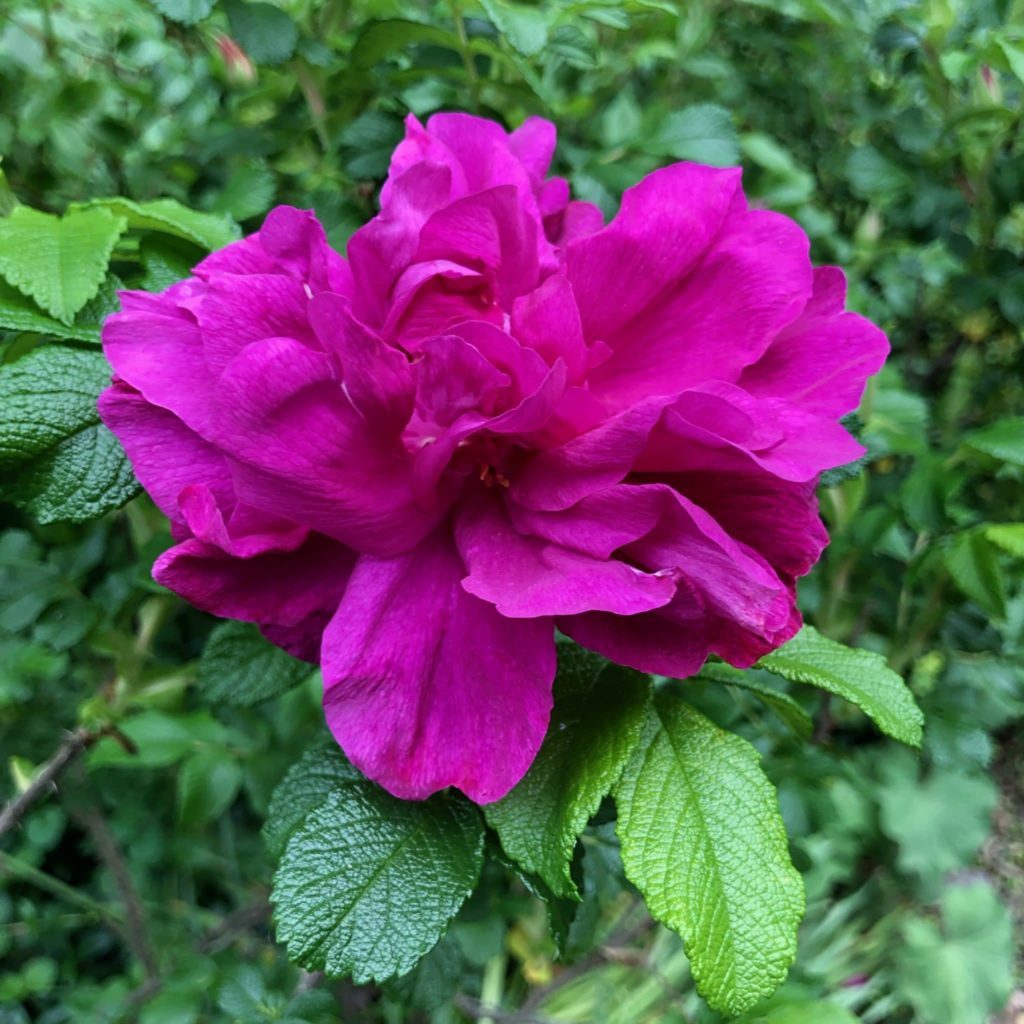I associate the month of June with roses, although for other gardeners in colder growing zones, June may be prime peony time. Sadly, there are fewer roses in my garden every year, casualties of encroaching shade from maturing trees and persistent Japanese beetle invasions. But the half dozen that remain are coddled along, because I can’t imagine a garden without a rose or two or more.
Fortunately, recent rose breeding efforts have resulted in new cultivars that are hardier and more disease-resistant than those introduced 20 or 30 years ago. Canadian-bred roses are workhorses in the garden, and several new colours have been introduced in the past few years. “Roses to inspire our sense of place” describes a few of these beauties.

More about roses:
When to worry about pests
When I started our first garden years ago, I viewed any insect that landed on a plant as a potential pest, not an uncommon assumption for a new gardener. It took research, advice and observation to realize that plant health is closely tied to soil, light, climate and water challenges, and that most of the insects I encounter are benign — beneficial, in fact. Or, if they truly are pests, the infestation is often cyclical and resolves itself without interference from me, or can be mitigated with mechanical measures: hand-picking or a strong blast of water. Naturally, like all generalizations, there are notable exceptions. For example, emerald ash borer (EAB) and Asian longhorned beetle are devastating.
Vegetable gardens are also prey to pest infestations that can get out of hand, but these tips in Steven Biggs’s article “Pest guide: 10 pests to worry about” will help.
Moving into the (veggie) fast lane
Gardeners are usually known for their patience, content to plant a small tree and wait decades for it to provide shade, or wait for tiny seeds to sprout in weeks or even months. Sometimes, though, we just want quick results for our efforts. Here’s a list of fast-growing vegetables that can be harvested in six weeks or less.
Make your own coco liner
Ready-made coco liners for hanging or wall baskets usually last a couple of years before they need to be replaced. If you want to try your hand at making your own from a sheet of coco fibre fabric, here is a handy step-by-step tutorial from The Fabulous Garden.









